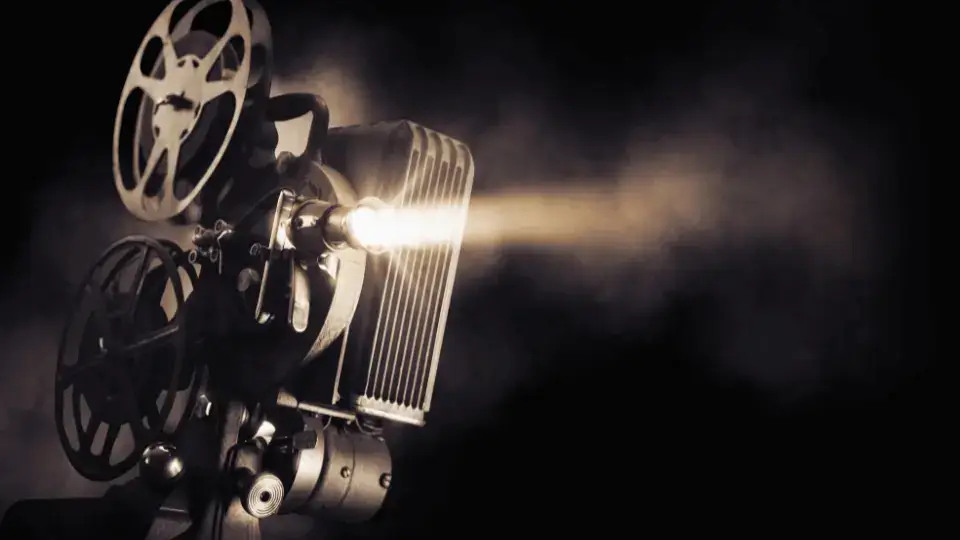A Comprehensive Primer on Film Basics
The world of film is a fascinating realm where art meets technology, and stories come alive. For those embarking on their journey in this creative field, a solid understanding of the basics can be the difference between a successful project and one that misses the mark. This comprehensive primer on film basics aims to equip you with the fundamental concepts and elements that underpin the medium of film.
Film Genres
An understanding of different film genres is critical as each has its own set of conventions regarding themes, settings, narrative structures, and character types. Familiarizing yourself with genres like drama, comedy, horror, sci-fi, thriller, and documentary, among others, will help you understand what audiences expect and how to fulfill or creatively subvert these expectations.
Storytelling and Scriptwriting
The foundation of any film is its story. Mastering the art of storytelling involves understanding narrative structures, character development, conflict, resolution, and themes. Additionally, turning these stories into a screenplay requires knowledge of scriptwriting conventions and formatting.
Cinematography
Cinematography encompasses the technical aspects of capturing the film visually, including camera work and lighting. Understanding camera angles, shots, movements, and composition is essential for creating a visual narrative. Likewise, lighting plays a crucial role in setting the mood, creating depth, and directing the audience’s attention.
Sound Design
Sound design involves dialogue, sound effects, ambient sounds, and music. Each component serves to enhance the narrative, evoke specific emotions, or provide context. Well-crafted sound design can significantly improve the overall film experience.
Editing
Editing is the process of assembling and organizing various shots into a coherent sequence. This post-production stage is where the film’s rhythm and pace are determined. Transitions, color grading, sound mixing, and special effects are all part of this stage.
Production Roles
A film set functions like a well-oiled machine, with various roles contributing to the final product. From the director, producer, and screenwriter to the cinematographer, sound designer, and editor, understanding the responsibilities and contributions of each role will help you navigate the collaborative nature of film production.
Film Theory and History
Lastly, grounding your practical knowledge with an understanding of film theory and history can provide valuable context. Film theory explores the nature and function of cinema, examining topics like cinematic language, representation, and ideology. Meanwhile, film history provides insights into the evolution of the medium over time.
Conclusion
Becoming proficient in the basics of film is an invaluable step for anyone venturing into this dynamic medium. Whether your goal is to make your own films, work within the industry, or simply enhance your appreciation of cinema, this comprehensive primer on film basics is your starting point. May it serve as a launching pad for your film exploration and a guide to understanding, appreciating, and creating meaningful cinema.
If you’re interested in pursuing a career in the film industry, consider taking the NYU Film and TV Industry Essentials online course and certificate program. This program provides a comprehensive overview of the industry, including classes on screenwriting, directing, producing, cinematography, sound design, editing, visual effects, and more. It’s a great way to gain the knowledge and skills you need to succeed in this exciting and dynamic field.








